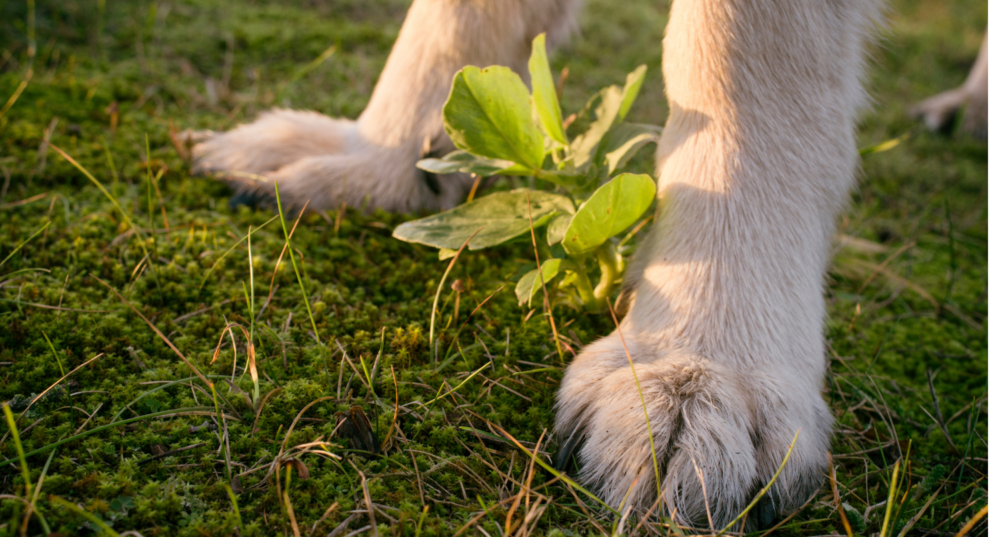The US pet food market reached a value of around US$ 30 Billion in 2020. Pet owners, understandably, want only the best for their beloved companions. In previous articles, we’ve discussed how different types of dog food can affect your pup’s health and how they can benefit from a vegan diet. However, what we choose to feed our dogs also impacts the environment.
The top three impacts are:
Greenhouse emissions
According to a study at the University of Edinburgh, the pet food industry is responsible for emitting 106 million tonnes of carbon dioxide into the atmosphere annually. If it were a country, it would be in 60th place on the list of the highest emitters. Another study found that pets are responsible for about a quarter of the environmental impacts of meat production through their diet. The study states:
“Dog and cat animal product consumption is responsible for release of up to 64 ± 16 million tons CO2-equivalent methane and nitrous oxide, two powerful greenhouse gasses (GHGs).”
Animal agriculture facilities producing pet food require a lot of energy to power, and this power doesn’t commonly come from environmentally friendly sources, but from fossil fuels. In addition, animals at these facilities release greenhouse gasses in the form of methane, which is produced in their digestive systems. And although methane breaks down faster in the atmosphere than carbon dioxide, it’s a more potent greenhouse gas. According to the Food and Agriculture Organization of the United States (FAO), livestock is responsible for 14.5% of greenhouse gas emissions.
Land use
Another way that the pet food industry significantly impacts the environment is by using lots of land. The facilities and the livestock take up a lot of space, but the biggest culprits are the crops we grow to feed the cows, sheep, and chickens kept for meat production. A land area roughly twice the size of the UK is used annually to make dry foods for pets.
Deforestation
In order to acquire enough land to keep livestock and grow the crops to feed the animals, forests are often destroyed and transformed into farmland. Deforestation is detrimental to the environment. Trees store excess carbon dioxide and help us purify the air and produce oxygen. Therefore, cutting them down leads to increased greenhouse emissions, climate change, and global warming. According to WWF, forest loss and damage is the cause of around 10% of global warming.
By destroying the forests that are home to a lot of wildlife, we also cause extinction and decreased biodiversity. According to WWF, more than 50% of the world’s land-based plants and animals, and 75% of all birds, live in and around forests.
What can you do to help?
WWF suggests moderating the amount of meat you eat and considering plant-based alternatives in order to help the environment and slow down deforestation. And while you’re at it, why not reduce your environmental footprint (pawprint?) even more by changing up your dog’s diet as well?
When you’re ready to make the change, please join our mission by subscribing here and learn more about the new generation of healthy and environmentally friendly pet food.
